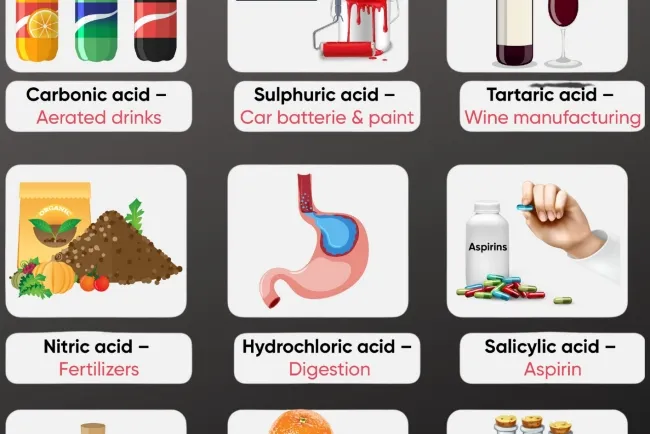The Crucial Role of Tissues: Types and Uses Explained...!
Tissues are assemblies of similar cells that collaborate to perform specific tasks. In multicellular organisms, tissues are crucial for organizing cells into functional units necessary for life. They aid in maintaining homeostasis, providing structural support, and enabling movement, among other critical roles.

Categories of Tissues
In animals, tissues are generally classified into four primary types: epithelial, connective, muscle, and nervous tissues. Each type exhibits distinct functions and characteristics.
1. Epithelial Tissue
Overview: Epithelial tissue covers the body’s outer layer and lines internal organs, cavities, and surfaces.
Varieties:
- Squamous epithelium: Composed of thin, flat cells that facilitate diffusion and filtration (e.g., alveoli in lungs).
- Cuboidal epithelium: Cube-shaped cells involved in secretion and absorption (e.g., kidney tubules).
- Columnar epithelium: Tall, column-like cells aiding in secretion and absorption (e.g., lining of the intestines).
Roles: Protection, absorption, filtration, secretion, and sensation.
2. Connective Tissue
Overview: Connective tissue supports, binds, and protects other tissues and organs.
Varieties:
- Loose connective tissue: Provides support and flexibility (e.g., adipose tissue).
- Dense connective tissue: Forms strong, rope-like structures (e.g., tendons and ligaments).
- Cartilage: Cushions and supports joints (e.g., articular cartilage).
- Bone: A rigid tissue forming the skeleton and supporting body structure.
- Blood: A fluid tissue transporting nutrients, gases, and waste products.
Roles: Structural support, protection, insulation, transportation of substances, and energy storage.
3. Muscle Tissue
Overview: Muscle tissue is specialized for contraction, producing movement.
Varieties:
- Skeletal muscle: Voluntary muscles attached to bones, enabling body movement.
- Cardiac muscle: Involuntary muscle found in the heart, responsible for pumping blood.
- Smooth muscle: Involuntary muscle in the walls of internal organs, aiding in functions like digestion and blood flow.
Roles: Movement, posture maintenance, and heat production.

4. Nervous Tissue
Overview: Nervous tissue is specialized for transmitting electrical impulses throughout the body.
Varieties:
- Neurons: Nerve cells responsible for transmitting and receiving signals.
- Neuroglia: Supportive cells that protect and nourish neurons.
Roles: Communication, coordination, control of body functions, and sensory information processing.
Applications of Tissues
Tissues play pivotal roles in various biological processes and have wide-ranging applications in medical and technological fields.
1. Medical Uses
- Tissue Engineering: Creating artificial tissues for transplantation and repair (e.g., skin grafts, cartilage regeneration).
- Stem Cell Therapy: Employing stem cells to replace damaged or diseased tissues.
- Diagnostic Tools: Analyzing tissue samples (biopsies) for disease diagnosis and research.
2. Biotechnology
- Cultured Meat: Producing lab-grown meat using muscle tissue to promote food sustainability.
- Organ-on-Chip: Developing microfluidic devices mimicking tissue functions for drug testing and disease modeling.
3. Research and Education
- Histology: Studying tissue structure and function to understand diseases and develop treatments.
- Physiology Studies: Examining how tissues collaborate to support life processes and respond to environmental changes.

4. Agriculture
- Plant Tissue Culture: Growing plants from tissue samples for crop improvement and propagation.
- Animal Tissue Studies: Investigating animal health and developing veterinary treatments.
Tissues are essential for the organization and function of multicellular organisms. Their diverse types and applications underscore their importance in sustaining life, advancing medical science, and contributing to various industries. A deeper understanding of tissues and their functions can lead to innovative health, sustainability, and technological advancements.
What's Your Reaction?

















